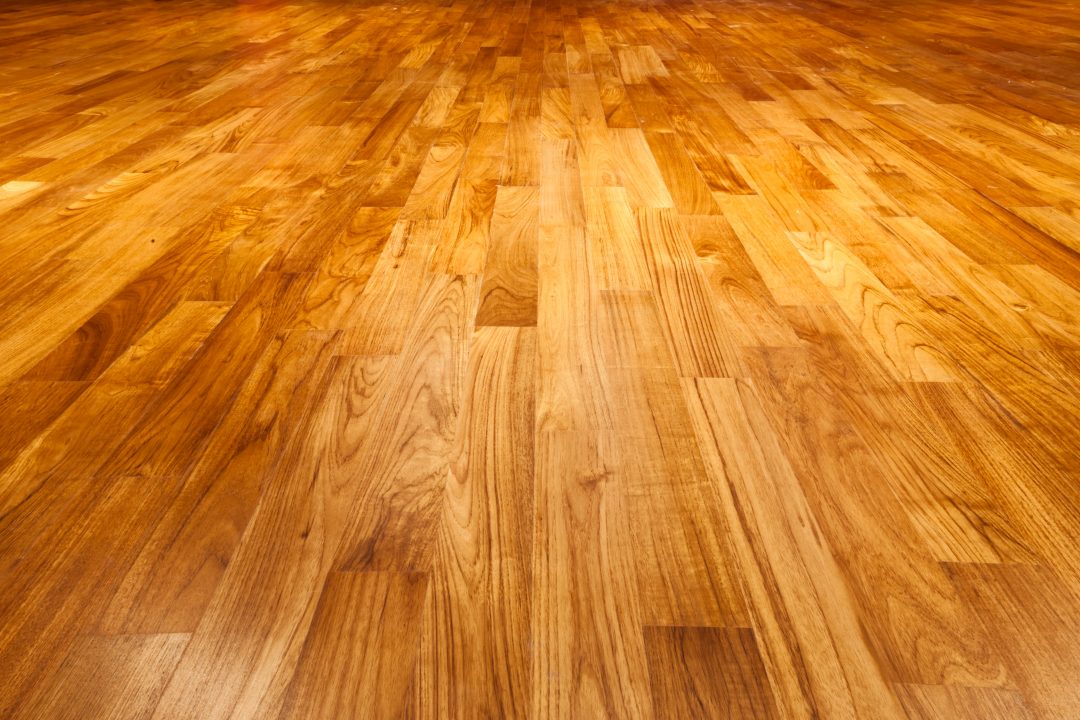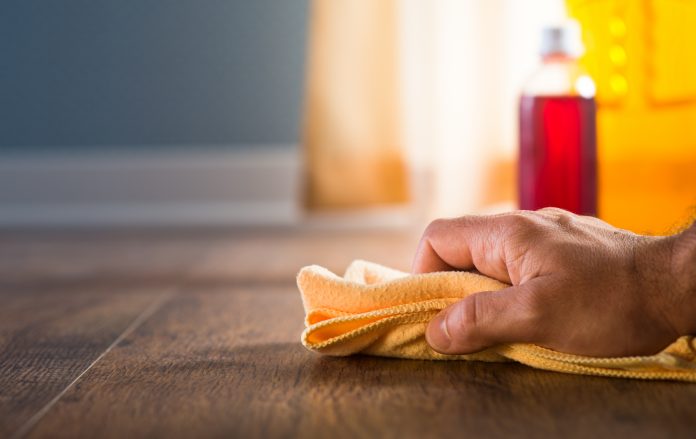You might have thought that by installing a wood floor all the nightmares of a stain appearing had disappeared, unfortunately that’s not the case! Just like a carpet, wood flooring can also become stained if something is spilled on it and not cleaned up quickly enough. Of course a stain on any floor is never ideal, but a stain on a wood floor is the owners worst nightmare! You may think that the floor is ruined, that your life is over and the world will never be the same again – well, this isnt true, all is not lost! The bottom line when it comes to a stain is that you must act fast, as is the case with any type of surface.
First things first, obviously. If you can wipe up the liquid as soon as the spillage has occurred then you have already reduced the chances of any aftermath significantly. Now, before you go in all guns blazing with any kind of chemical cleaners make sure that you have fully assessed the situation. If it is a specific substance that has stained your floor then you may be able to contact the manufacturer of the floor to get some advice directly from them on how to deal with the stain.
As a basic rule, if your floor has a pale or white stain then the stain has only seeped on to the surface layer of your floor and it should be easy enough to remove. However if the stain is a dark colour then unfortunately the substance may have seeped further into the grain of the wood itself, in this instance the only way to get rid of it may be to sand the floor. This can be a bit of a messy and difficult job if you haven’t undertaken a DIY task like this before, that’s why there are a couple of options before it gets to that we would recommend an alternative..

Hydrogen Peroxide – one of the most common and effective methods when it comes to removing stains from wood floors. With a fairly reasonable price tag and easy accessibility, it’s no surprise why most people opt for this method. All you need to conduct the process is a bottle of said peroxide and a cotton cloth/rag, the most challenging aspect of method is probably the time, you need to soak the cloth/rag in the peroxide and place it over the top of the stain, leaving it for upto 6 hours. Once the time is up, remove the cloth and wipe away any excess moisture. If the stain has lifted – great! However if the stain only seems to have lightened then we woud recommend leaving the floor for 12 hours before repeating the process again.
If the above process has no effect on the stain, which could be the case given the severity of the stain then it is time to prepare for the more drastic procedure of sanding to take place. When it comes to this procedure you have two options, the first one being that you can either sand down the specific stained area or the second one, sand the entire floor. Now, although sanding only the stained area of the floor may seem like the most sensible idea you do run the risk of the floor having an uneven finish, where as if you re-sand the whole floor you can bring the surface back to life – although it does make the task much lengthier. With any luck the process of sanding th floor should lift the stain, however if it doesn’t then we would recommend repeating the hydrogen peroxide method as this should work on a fresh layer of the floor.
Of course there are products available on the market that will be specifically targeted at removing stains from both engineered and solid wood floors, but before using these we would always suggest checking with your floors manufacturer to ensure that the product doesn’t damage the wood.


















